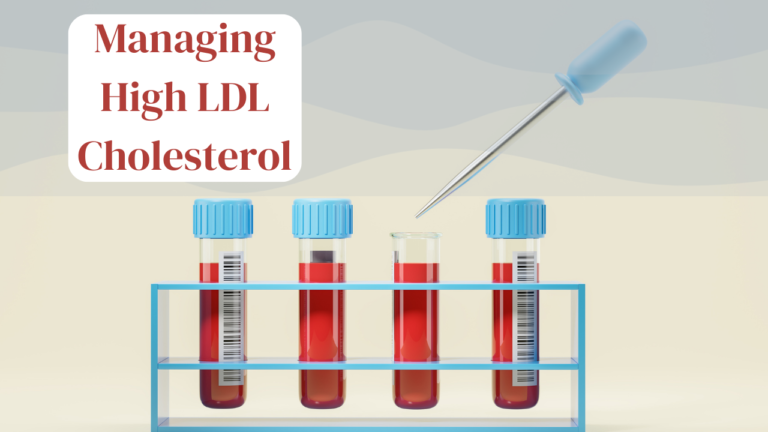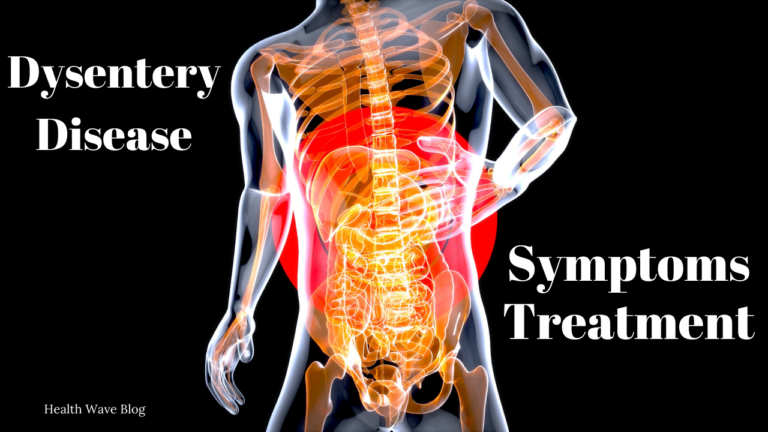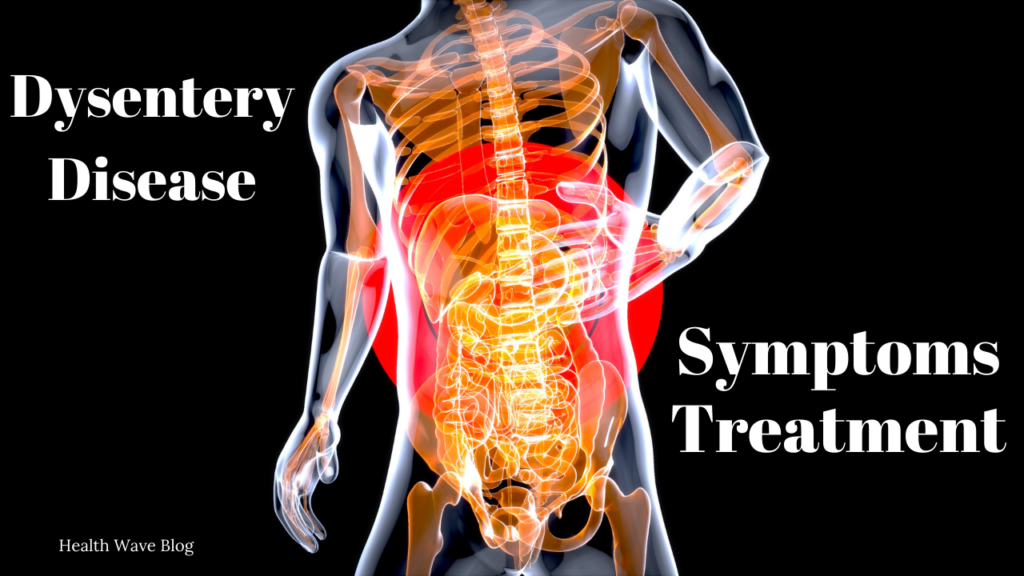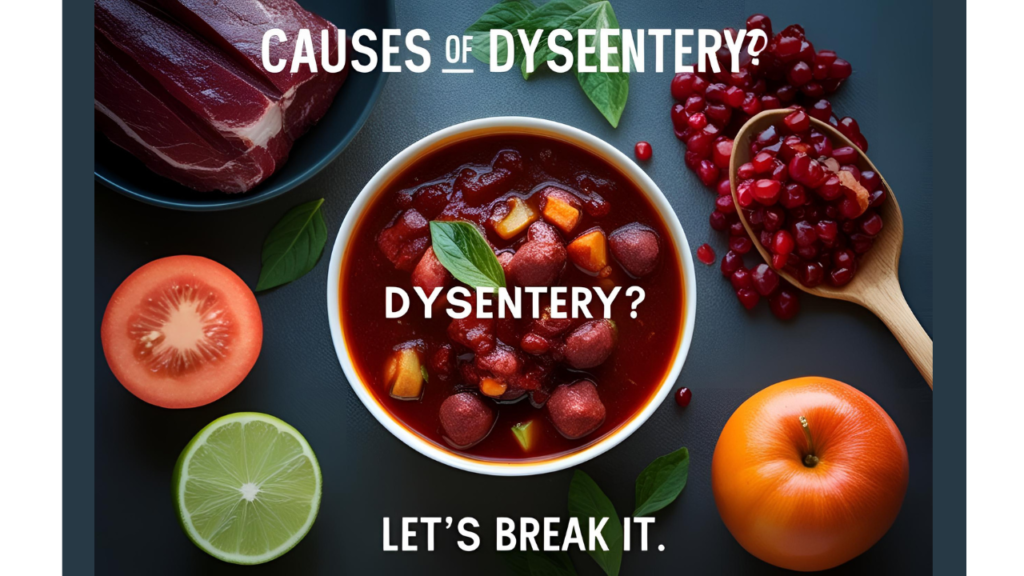A sudden condition of fear and discomfort called a panic attack. Some physical symptoms are the signs of these episodes like a racing heart, shortness of breath, dizziness, and overwhelming feelings of dread. Panic attacks are more than just fleeting moments of anxiety they can significantly disrupt daily life, in this condition individual feels helpless or frustrated.
You may also like: Control High Blood Pressure
This guide aims to explain deeply how to control panic attacks, their causes, symptoms, and their far-reaching impact. It offers practical strategies for managing and overcoming these episodes to help restore a sense of control and well-being. By understanding the underlying mechanisms and recognizing triggers, readers can embark on a journey toward reclaiming their daily lives with confidence and resilience.
Understanding control panic attacks
A panic attack is a sudden rush of extreme fear or discomfort that can hit without warning. It often feels overwhelming and confusing, leaving the person shaken. While panic attacks are a key sign of panic disorder, they can also be triggered by stress, certain situations, or even happen for no clear reason.
Common Symptoms:
- Fast or pounding heartbeat
- Trouble breathing or feeling like you can’t catch your breath
- Shaking or trembling
- A strong feeling that something terrible is about to happen
Recognizing these signs early can help in managing panic attacks better. If you or someone you know experiences these symptoms, understanding what’s happening is the first step toward getting the right support.
This paragraph contains a detailed guide and techniques about how to control panic attacks, such as breathing exercises for panic relief, which can provide immediate relief during an episode. Mindfulness for panic attacks and self-help strategies, like staying grounded, are also valuable for managing panic attacks naturally.
For long-term treatment for panic disorder, approaches like CBT for panic attacks and other stress management techniques can help address underlying triggers and improve coping mechanisms. It’s equally important to know how to stop a panic attack fast by focusing on calming methods and seeking professional help for persistent episodes. Preventing panic attacks requires identifying early warning signs, understanding panic attack triggers, and applying practical tips for preventing future panic attacks.
Differentiating between a panic attack vs. an anxiety attack, recognizing their unique patterns, and exploring non-medical remedies for panic attacks can empower individuals to find effective solutions. Whether through panic disorder treatment or panic attack recovery techniques, gaining comprehensive knowledge is key to coping and finding relief.

Causes and Triggers
Panic attacks can be triggered by various factors, ranging from psychological stress to physical health conditions, It is necessary to understand their earlier symptoms. Panic attacks can happen suddenly and feel very scary. They may be triggered by strong fear, past traumatic experiences, or panic disorder. Unlike regular anxiety, panic attacks come on quickly and can feel overwhelming. Common symptoms include trouble breathing, a fast heartbeat, and a sense of losing control.
It is essential to know that how to control panic attacks, mindfulness for panic attacks and breathing exercises for panic relief are effective non-medical remedies to control panic attacks naturally. Identifying panic attack triggers and managing them through stress management techniques, such as CBT for panic attacks, can aid in long-term treatment for panic disorder. Regular coping strategies for panic attacks and self-help methods can contribute to overcome to future panic attacks. A complete guide about how to ease panic attackman fostering recovery and better mental health in future.
Immediate Coping Strategies
Managing panic attacks involves knowing effective techniques to control, avoid, overcome, and stop these intense episodes while handling the accompanying anxiety attacks. If you’re feeling stressed or overwhelmed, the 4-7-8 breathing technique can help you relax. Here’s how to do it: First, take a slow breath in through your nose for 4 seconds. Then, hold that breath for 7 seconds.
Finally, exhale completely through your mouth for 8 seconds. Repeating this a few times slows down your body’s natural stress response, calms a racing heart, and clears anxious thoughts. It’s a quick and easy way to regain control when panic or worry strikes. Grounding exercises, such as the 5-4-3-2-1 method where you identify sensory details around you, or quick relaxation tips like gently clenching and releasing muscles, can redirect your focus and reduce physical tension. Additionally, mindfulness practices like observing your surroundings or bringing your attention to the present moment aid in immediate relief by interrupting spiraling thoughts and fostering a sense of control during a panic attack. By repeating these exercises you can easily overcome to panic attack.
Long-Term Management Strategies
To manage panic attacks in the long run, it helps to take a well-rounded and steady approach. This means working on the deeper reasons behind the panic while also keeping your mind and emotions balanced. Small, consistent steps—like therapy, healthy habits, and stress-reducing techniques—can make a big difference over time. Cognitive Behavioral Therapy (CBT) and other therapeutic approaches are highly effective for learning how to control panic attacks, providing individuals with tools to identify and reframe negative thought patterns, ultimately reducing their frequency and intensity. Incorporating lifestyle modifications such as regular exercise, a balanced diet, and sufficient sleep can help to avoid panic attacks, as these habits promote overall mental and physical health.
Adopting stress management techniques like mindfulness, meditation, and breathing exercises, along with establishing daily routines, plays a crucial role in overcoming panic attacks by creating a sense of stability and reducing triggers. If you regularly deal with panic attacks, there are practical ways to take back control. By focusing on the right coping strategies—like breathing techniques, therapy, and lifestyle changes—you can reduce how often panic attacks happen and feel more prepared when anxiety strikes. The key is consistency: small, daily efforts to understand your triggers and care for your mental health can lead to lasting improvements. Over time, these changes help create a calmer, more balanced life where panic doesn’t control you.

Creating a Personalized Panic Attack Action Plan
To effectively control panic attacks, overcome anxiety episodes, and stop them from recurring, it is essential to develop a personalized panic attack action plan. Begin by following a step-by-step guide to creating a tailored plan that addresses your specific needs and preferences. Start with identifying triggers and noting how you respond to them. Integrate strategies to avoid panic attacks, such as grounding techniques, breathing exercises, and mindfulness practices. Include tools for self-monitoring, like journaling or using an app, to track your progress and recognize patterns over time.
This helps you handle anxiety attacks effectively by being more aware of warning signs. Regularly evaluate your plan and make adjustments based on what works best for you. The best way to manage panic attacks is to find coping skills that fit your life and needs. Try different techniques—whether it’s deep breathing, grounding exercises, or talking to a therapist—and pay attention to what works for you. Over time, you can adjust and improve your approach. The more you practice, the more confident you’ll feel in handling panic attacks when they happen. Small, consistent steps like these can lead to big changes, helping you feel calmer and more in control over time.
How to build a support system for panic attack
Dealing with panic attacks is easier when you’re not alone. Having supportive people around you – whether close friends, understanding family members, or others who’ve been through similar experiences – can make a big difference. Start by learning to notice your body’s early signals, like sudden sweating or feeling dizzy, so you can use helpful techniques before the panic grows. Simple things like slow breathing or grounding exercises often work best when used early. If panic attacks keep bothering you, consider talking to a therapist who knows about CBT (cognitive behavioral therapy), which is proven to help with panic.
Remember, getting better is a process – with the right support and consistent practice, you can learn to manage these feelings and feel more secure in your daily life. For immediate relief during an episode, breathing exercises for panic relief and mindfulness techniques can be effective. Additionally, supporting a loved one experiencing a panic attack involves understanding the symptoms of panic attacks and offering coping strategies for managing panic attacks naturally.
Tips include staying calm, providing reassurance, and guiding them through techniques to control panic attacks. A strong support network can also aid in preventing future panic attacks by fostering a sense of safety and belonging. Incorporating self-help methods and stress management tools enhances recovery and helps individuals navigate their journey towards panic attack relief and control.
Related FAQs
Q. What is a panic attack?
A panic attack is a sudden episode of intense fear or discomfort that triggers severe physical reactions, such as a racing heartbeat, sweating, or shortness of breath, even when there is no real danger.
Q. Can lifestyle changes help reduce panic attacks?
Yes, lifestyle changes like regular exercise, sufficient sleep, avoiding caffeine and alcohol, and practicing relaxation techniques (e.g., yoga or meditation) can help manage anxiety and reduce the frequency of panic attacks.
Conclusion
Learning how to control panic attacks takes time, but with the right tools—like breathing exercises, therapy, and a strong support system—you can manage them effectively. Start small, practice consistently, and adjust what works best for you. Remember, you’re not alone, and seeking help is a sign of strength. By building healthy habits and understanding your triggers, you can reduce panic attacks and regain confidence. Take the first step today—your calmer, more controlled future begins now.
Here’s the Healthline guide about how to control panic attack
















One Response